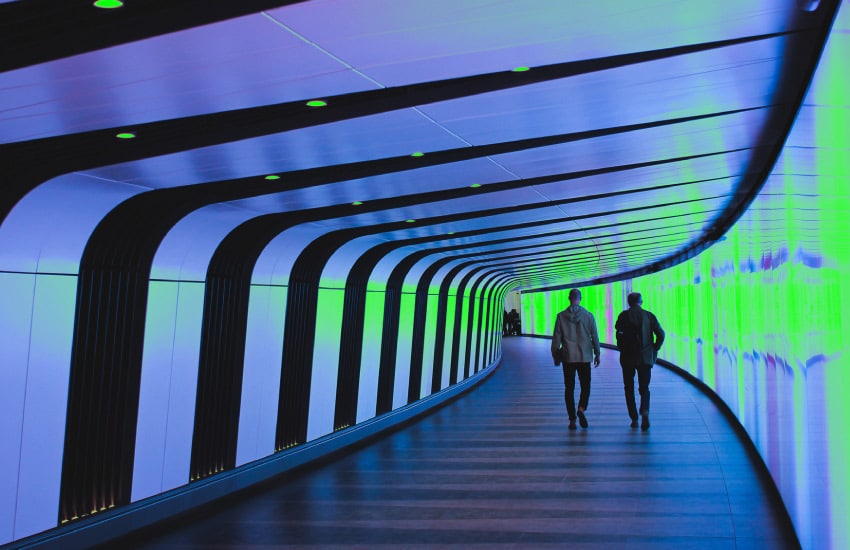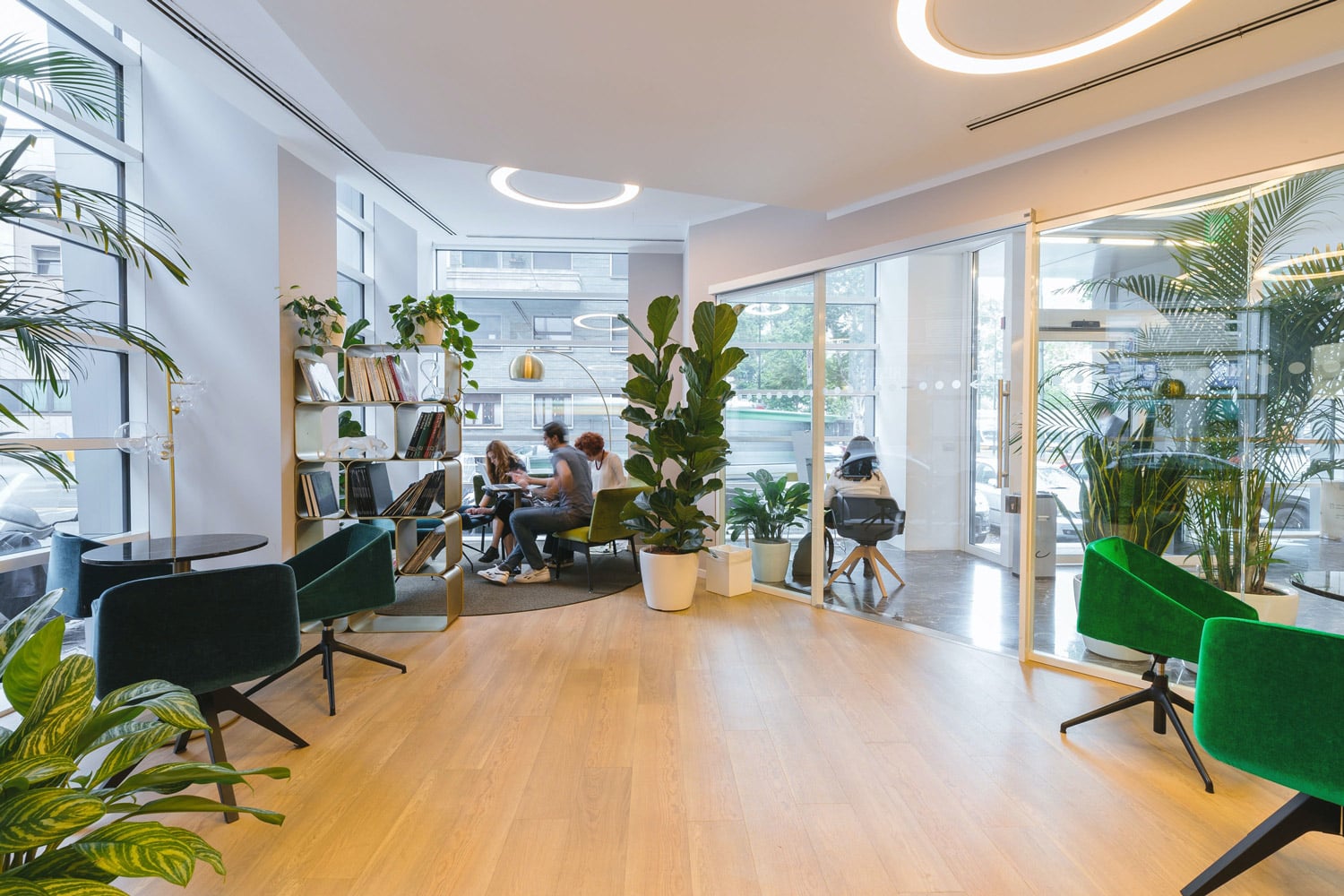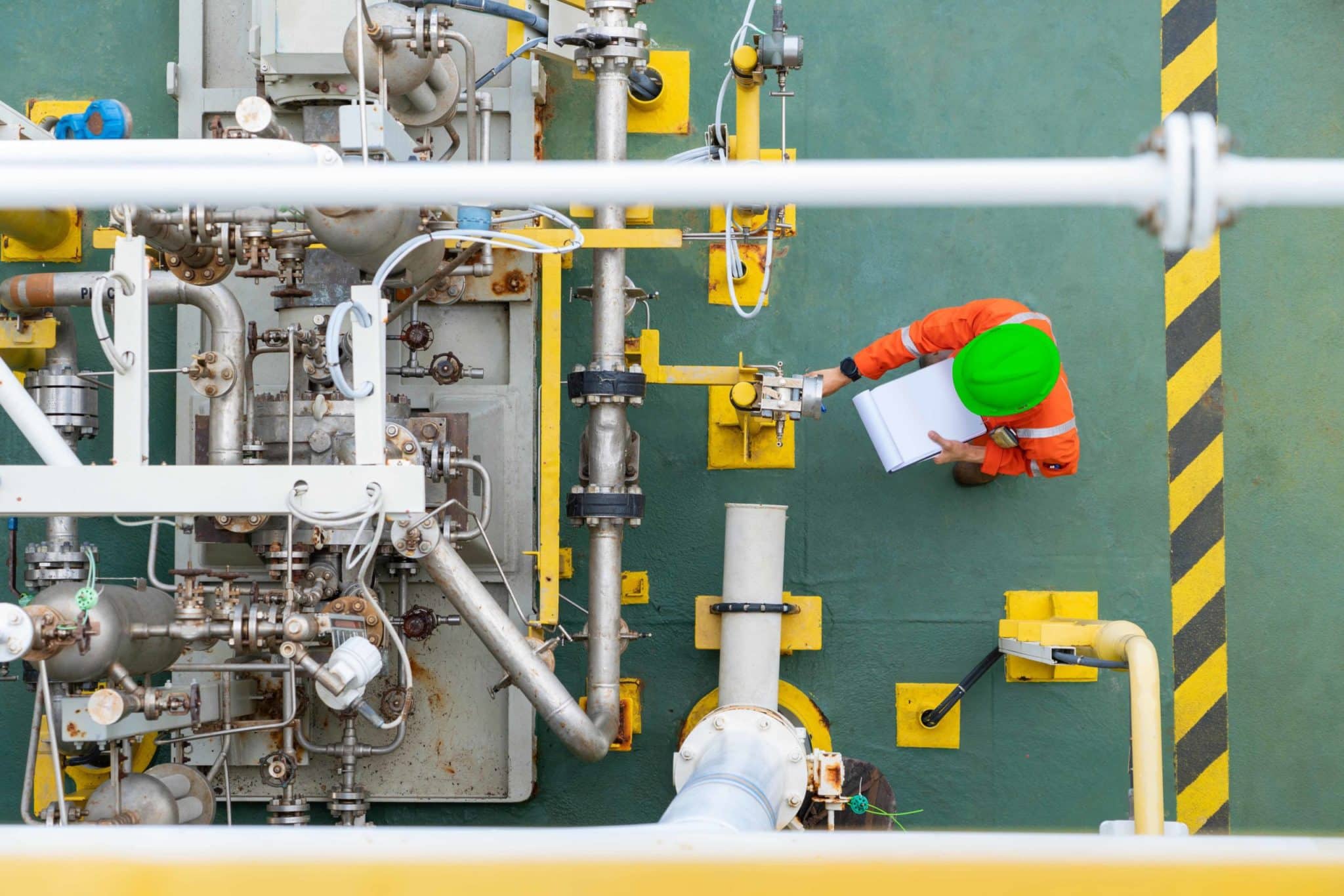20/05/2021
To put it mildly, 2020 was not a kind year for most business budgets. In fact, Gartner estimates overall IT spending dropped eight percent last year, a big contrast to the previous years of continual growth. As a result, efficiency is becoming the watchword of most business plans over the next year and beyond: whatever capital you do spend should be helping to ensure you run as tight a ship as possible.

How you achieve efficiency varies massively depending on what your business does. Whatever sector you’re in though, smart technology is one of the best bets. From mundane office activity like booking a meeting room to managing huge and complex industrial environments, smart tech can help you drive efficiency.
Airports, for example, have seen a great deal of success with smart strategies – even despite the challenges they had to face during COVID-19, and there’s a lot the rest of us can learn from them.
What’s so smart about airports?
Airports are large and complex environments, full of overlapping IT and operational technology (OT) systems. From the basics like lighting and HVAC to the actual business of managing airplanes and passengers coming and going. And we cannot forget one of the main revenue generators within any airport – the retail and horeca. Altogether, there is a huge number of moving parts to manage. And, of course, the clock is always ticking. Inefficient processes in an airport are not just a waste of money; they can lead to flights and passengers being delayed and reduced retail therapy time!
Having helped dozens of airports around the world in becoming more efficient, reducing costs and improving passenger experience, we see three key areas where smart technology can play an important role in any business.
Integration everywhere
One of the things that makes smart so… well — smart is that it can work with practically anything you can imagine. Any digital technology can be integrated into a smart system, and most analogue technology can be fitted with sensors that will do the job as well.
The result is that every process under your roof (or flying above it) can be tied together into a single system. For airports, this means assets controlled by SCADA (supervisory control and data acquisition) such as baggage transport and parking management systems can be linked to building infrastructure controls like check-in desks, lights, lifts, and doors.
This provides a single pane of glass to ensure everything is running to plan, and offers clear visibility of any developing trouble spots. Everything from staff rotas and scheduling maintenance to handling emergencies can be managed through a single dashboard to create a more efficient, resilient environment.
An integrated smart environment also provides extremely valuable data for strategic planning. Machine-learning algorithms can be used to analyse passenger behaviour patterns and infrastructure usage to inform future improvements.
Takeaway: Whatever your business operations look like, creating an integrated smart environment will afford you the control and visibility you need to be more efficient.
Optimising energy efficiency
Aviation faces more scrutiny than most sectors about its environmental practices. Alongside the impact of airplanes cruising the skies, they also need to minimise the carbon footprint of their buildings. This is no small task when you have a sprawling infrastructure likely to be in use almost 24/7.
The smart management of lighting and HVAC can drastically reduce energy costs and waste. Systems can be automated around flight schedules so that heat and light aren’t being pumped into parts of the building that will be empty for hours and can respond automatically as the situation changes.
Takeaway: Smart technology can make your business more environmental – and slash your energy bills. This is particularly useful if you have a lot of remote workers and parts of your workspace may go unused for long periods.

Passenger experience and safety
Efficiency is most valuable if it improves your core business activity – in the case of airports, ensuring passengers can get to their flights on time and with a minimum of stress. Smart technology can be used to provide passengers with a more efficient and enjoyable experience every step of the way. Passenger flow monitors collect live data from sensors, beacons, tracking systems, mobile apps, and more, enabling both active troubleshooting and long-term strategic improvements, such as optimising retail generated revenues
Passengers themselves can also receive personalised services such as real-time updates on arrivals gate openings and indoor wayfinding. In post-covid times, these capabilities can also help travellers follow social distancing needs and keep safe. And for other businesses within the airport, wayfinding and personalised ads can be helpful to attract more footfall.
Takeaway: You don’t need to be transporting thousands of passengers a day to find value in smart space and asset management. Whether you are dealing with your own staff or your customers, these solutions can help you offer them a greater experience within your building while providing you with valuable data on how your space is being used and optimise accordingly.
If you’re looking for inspiration on how to smarten up your operations, why not get in touch and pick our brains? From airports to hospitals and office buildings, Getronics is providing smart solutions in multiple sectors, so we’ll have more than a few ideas for you.




